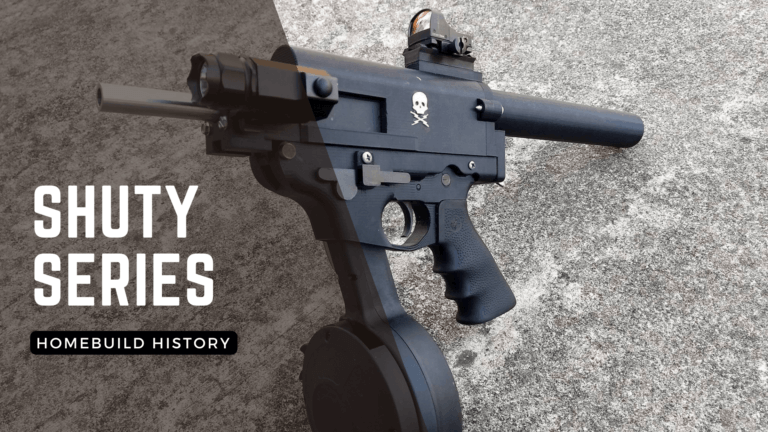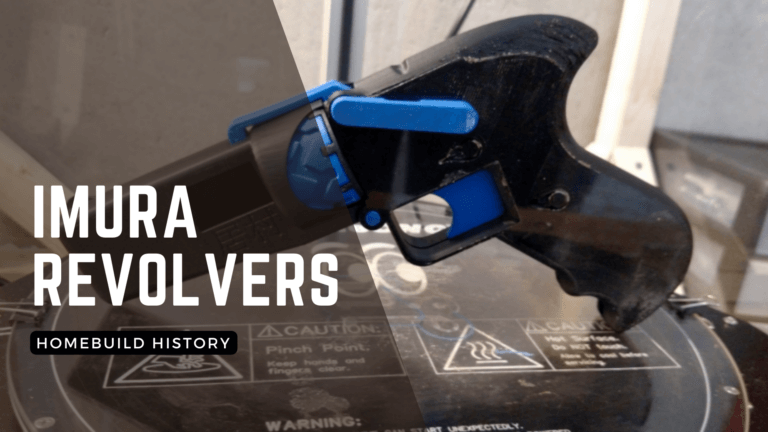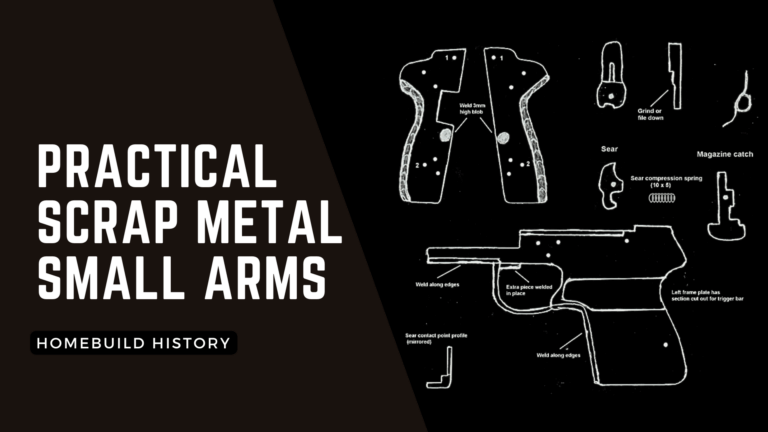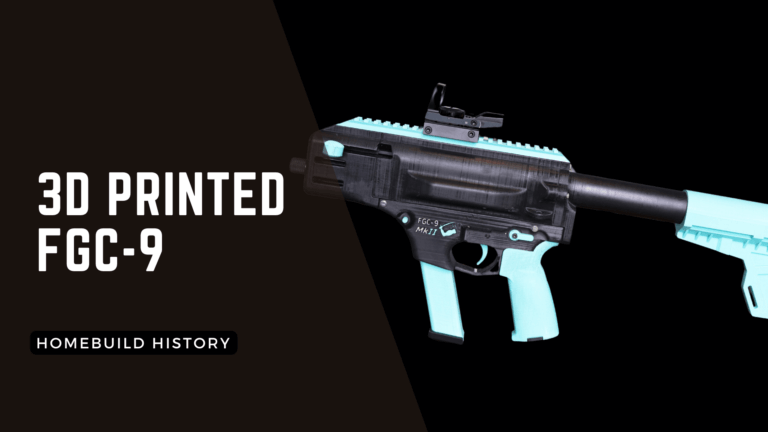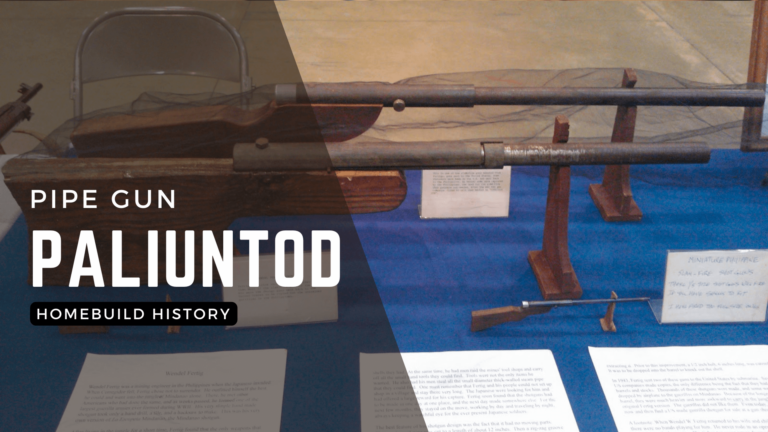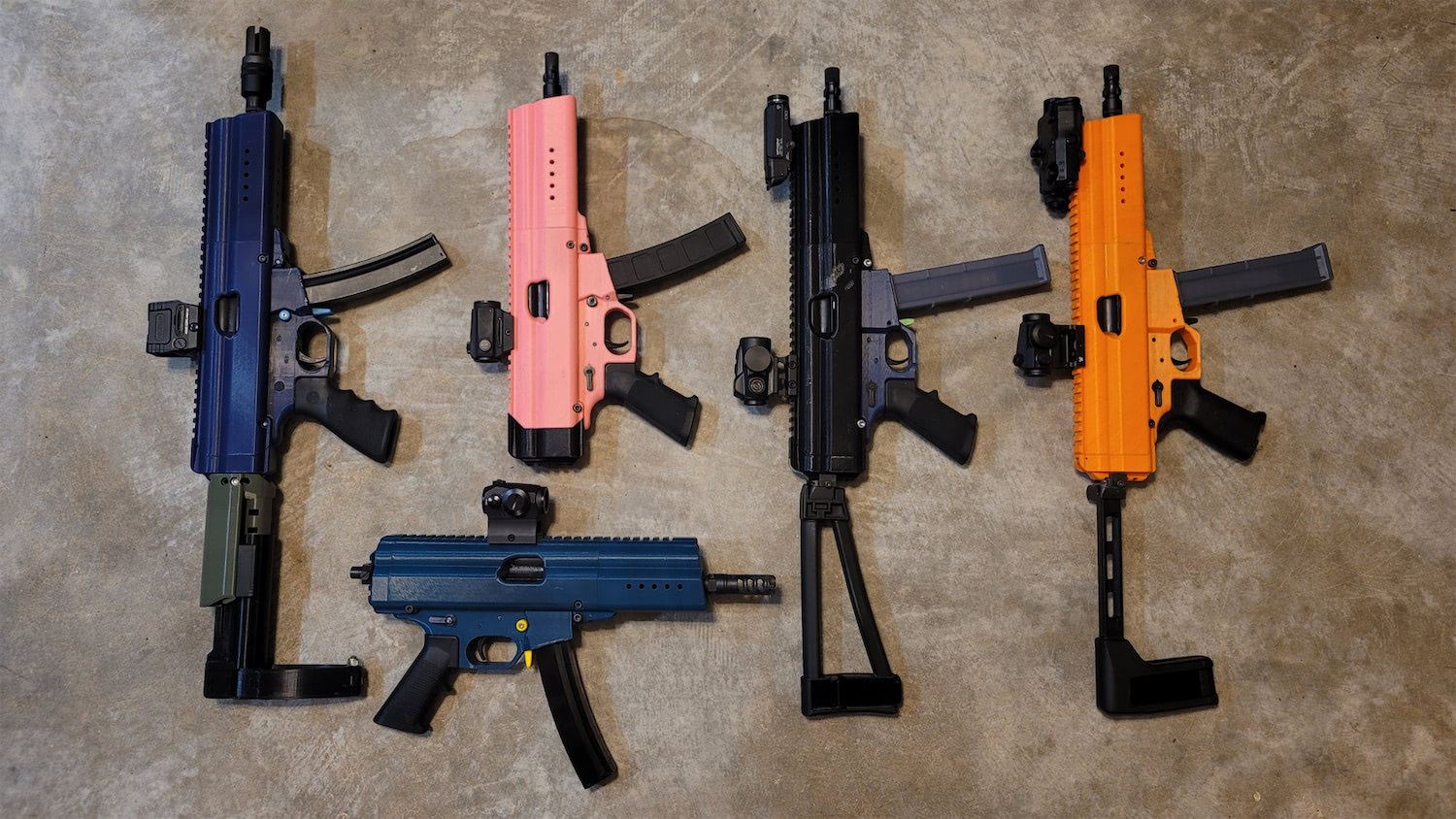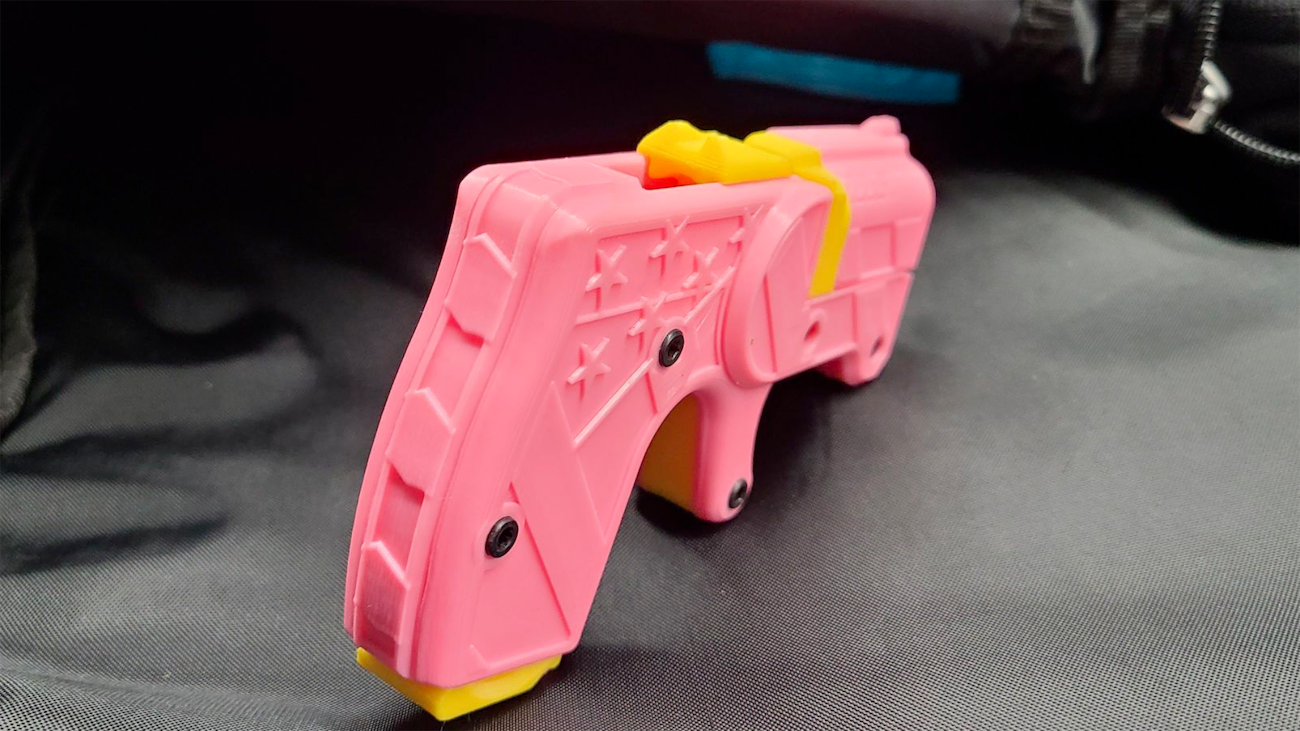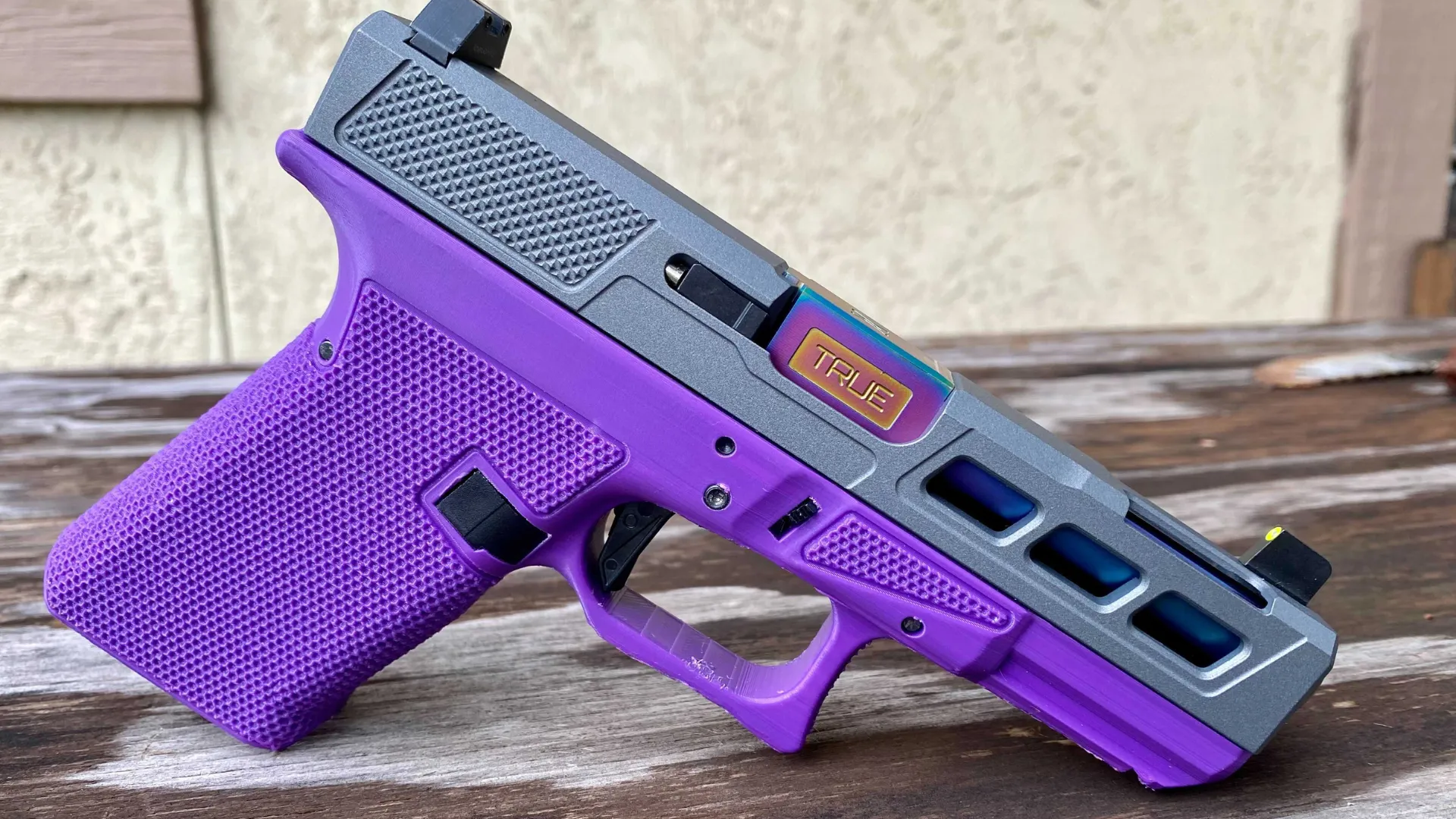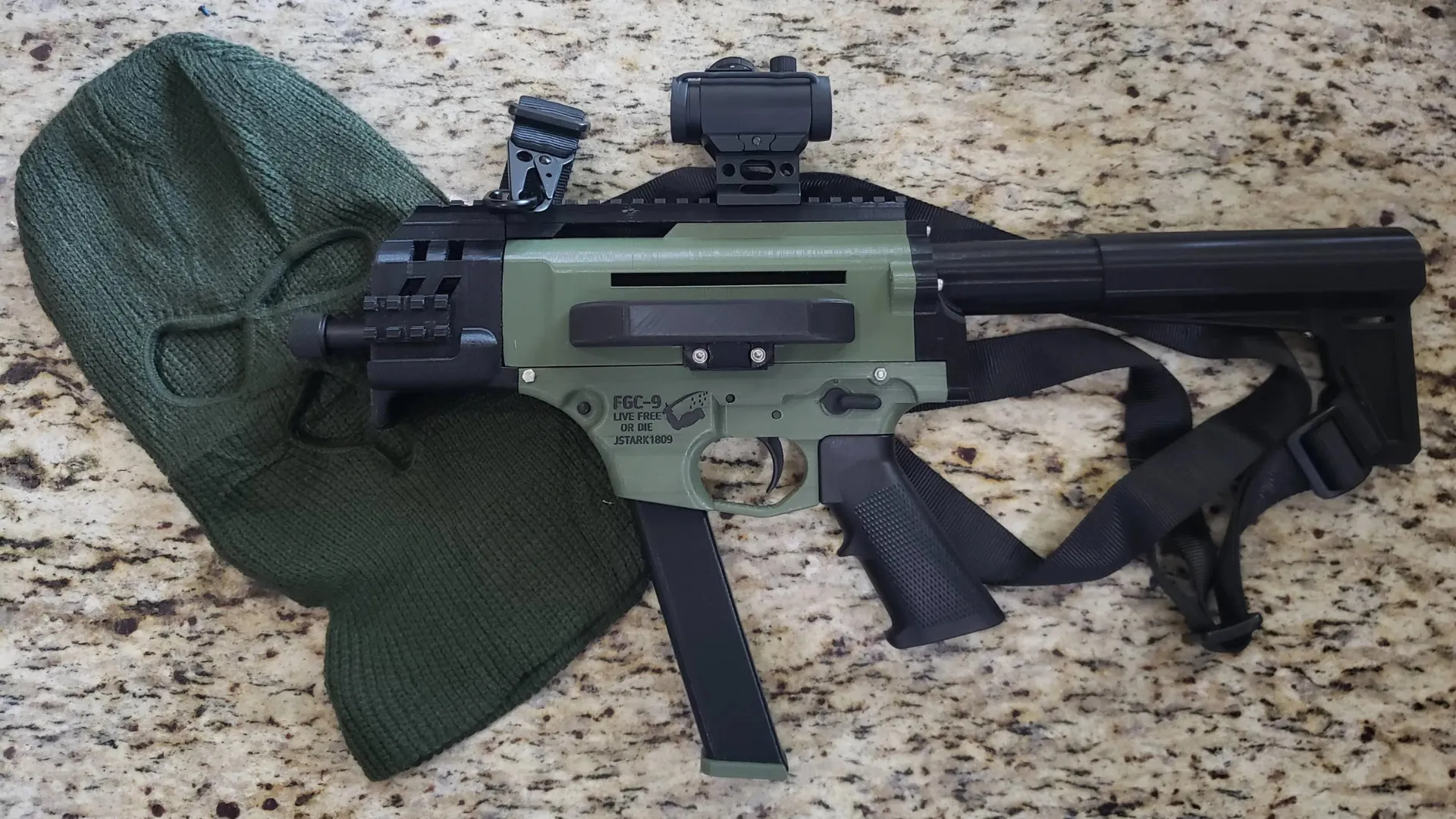Welcome to Homebuild History, a new segment on 3D Gun Builder’s website where we focus on the history of some of the most iconic homebuilt firearms, their contributions to the world, and most importantly, how YOU AT HOME can get your hands on these classic arms and armaments!
What’s the Story?
As talked about in last week’s article on the Defense Distributed Liberator, in 2013, 3D printed guns were in their infancy.
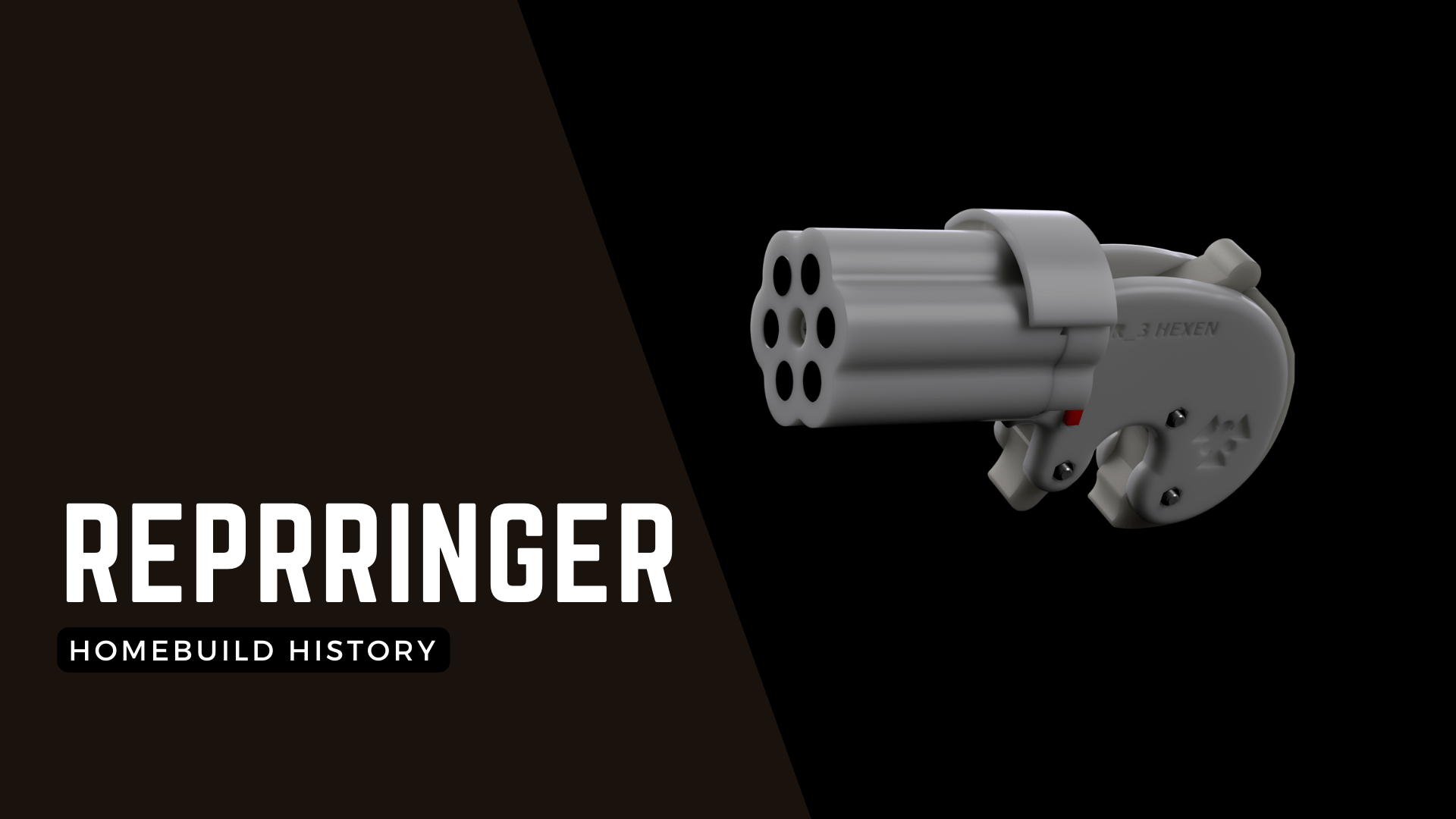
The Liberator may have been the first of its kind, but soon others would build off its success. One of the first, and a gun that made a brief but notable impact on the community, was the Reprringer.
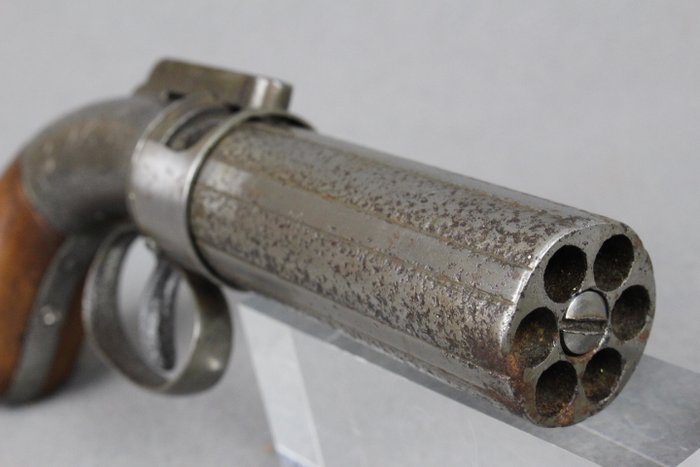
From The (Plastic) Rib
The initial model of the Reprringer was a single-shot design based in part on the classic derringers of the late 1800s. Chambered in 6mm Flobert, the original rimfire cartridge, their printed barrels were far less likely to break than the Liberator. Lower pressure combined with thicker breeches made for a nifty little gun.
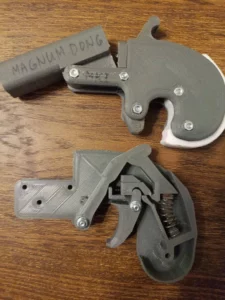
That said, a single shot pistol was no real improvement over the Liberator. While it was much smaller and more compact, there were no significant reasons to choose this polymer derringer over its older brother. The designer of the Reprringer, listed only on Wikipedia as “Hexen,” made the only improvement he could justify.
He made it a pepperbox.
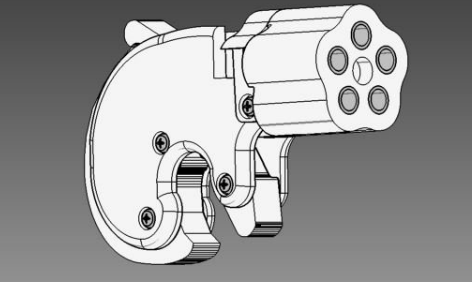
Flobert’s Folly
The next iteration of the Reprringer became a five-barrel “pepperbox” revolver derringer. To make up for the difficulty in printing a fully plastic cylinder, the Reprringer introduced a long-standing feature in many printed guns: the use of .22 caliber barrel liner as reinforcement for each chamber/barrel.
With the rest of the gun remaining almost identical, except for a new retainer screw to keep the cylinder on, the Reprringer became an instant hit. While the cylinder had to be turned manually after each shot, it gave people the option to shoot more than once. It was also just as compact as the single-shot version.
Then came the third version, and things got even more serious.
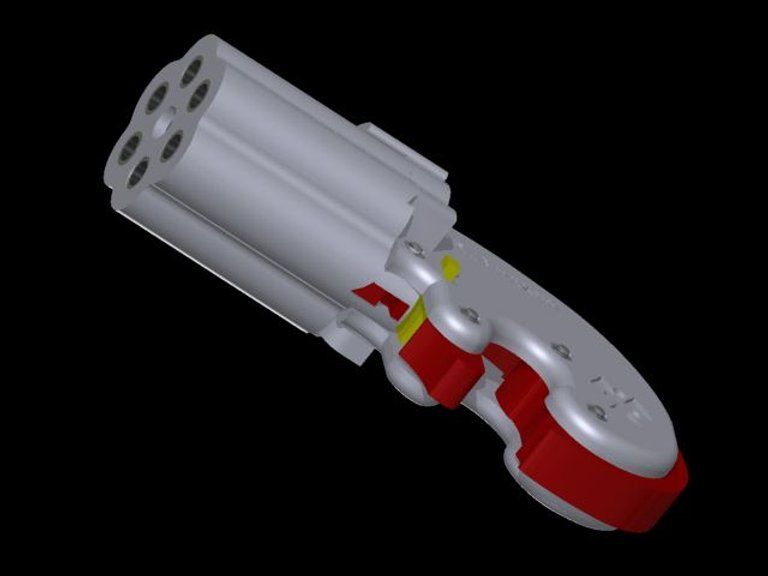
The Hex is In
Version 3 of the Reprringer, named the Hexen after its designer, turned an already cutting-edge five-shot derringer into a proper six-shooter. With testers showing that it could handle .22 CB as well as round nose Flobert ammunition, the Reprringer closed out 2013 with not one but six different bangs. Booyah.
At this point in time, the nascent guncad community was at least somewhat split into two groups. One focused on homemade printed designs, the intellectual inheritors of people like Bill Holmes and P.A. Luty before them. The other group focused more on designs that could work with commonly available hardware in the US.
At the same time as the Reprringer and Liberator, 3D printed AR-15 lowers were coming into vogue. So too were magazines, furniture, and other accessories, like the Red Rocket shotgun slug. Some designers with more money than sense were even getting into metal 3D printing, making the first printed suppressor designs.
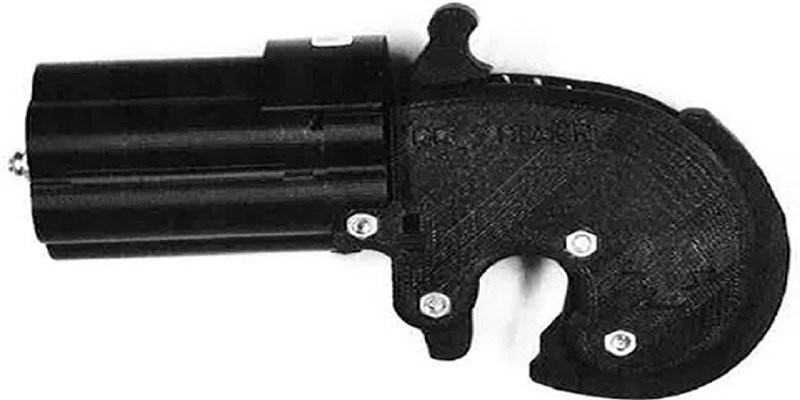
Faded and Jaded
The rapid advances in technology were evident on both sides. True homebuilds looked to be more focused on the semi-automatic side than the PLA equivalent of a zip gun. With a focus on using the American aftermarket of AR-15 and Glock parts, the first generation of homebuilds were already getting surpassed within a year.
While the Reprringer’s often overlooked, it was the first known multi-shot printed gun. It introduced barrel liner, and with modern filament, it’s one of the safest guns to build and shoot. Other revolvers like the Washbear and PG-22 were built off its back, having proven that .22 was a good caliber for polymer.
Even the single-shot Reprringer was an inspiration to some. Black Lotus Coalition’s Harlot, famed for breaking the spine of American gun buybacks, is conceptually a very similar design. A lack of strong social media PR, may have handicapped it, but the Reprringer is still a valuable piece of Homebuild History.
How do I make it?
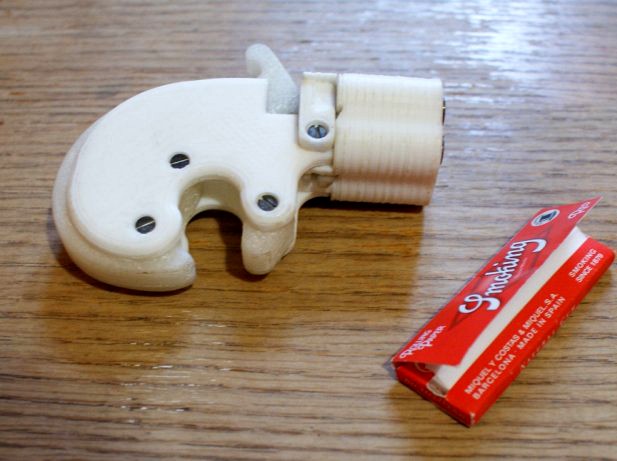
Similar to building* the Liberator, as a mostly printed gun, PLA Pro, PLA+, or other enhanced PLA is definitely recommended. If you can get something tougher like Markforged, CarbonX, or other advanced filament, more power to you. You’ll also need barrel liner, regardless of what flavor of .22 you want to use.
The only metal part in a Reprringer, unlike the Liberator, is a simple compression spring. Because the design is rimfire, and it’s easier to crush than a primer, a printed hammer will work in theory. If need be, a strip of sheet metal can be put on the hammer for extra reinforcement.
The Reppringer, because it’s so old a design, can be found in basically the same places as the Liberator. We at 3DGunBuilder would recommend checking out Print2a, the FOSSCAD repo, or the Gatalog. You should be able to find all 3 versions of the Reprringer at one or more of those repos.
As always, tune in next week for more Homebuild History!
*Legally, of course. Laws don’t stop you from building this, but we at 3DGunBuilder encourage readers to follow all legal guidelines. If you can’t make this in your state or country, please don’t try to. Just remember that this is here for educational and research purposes only.

